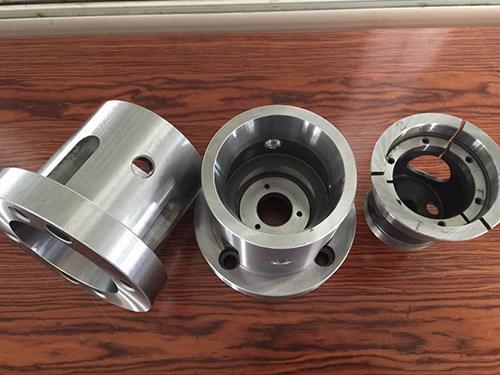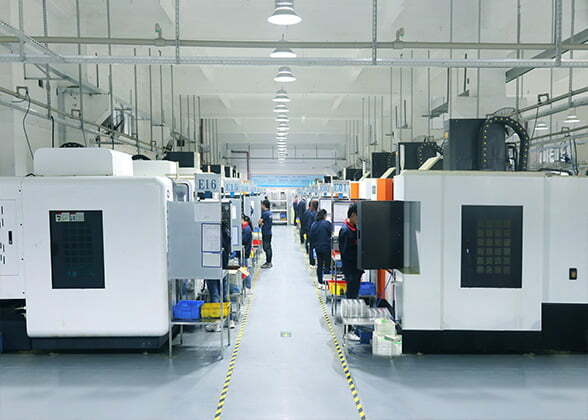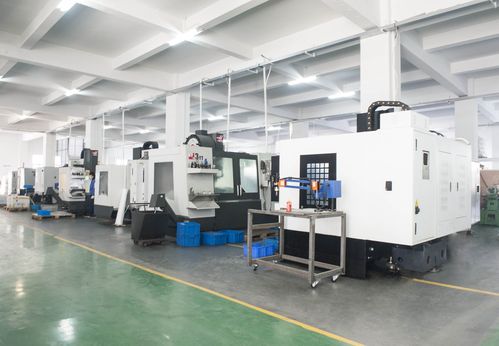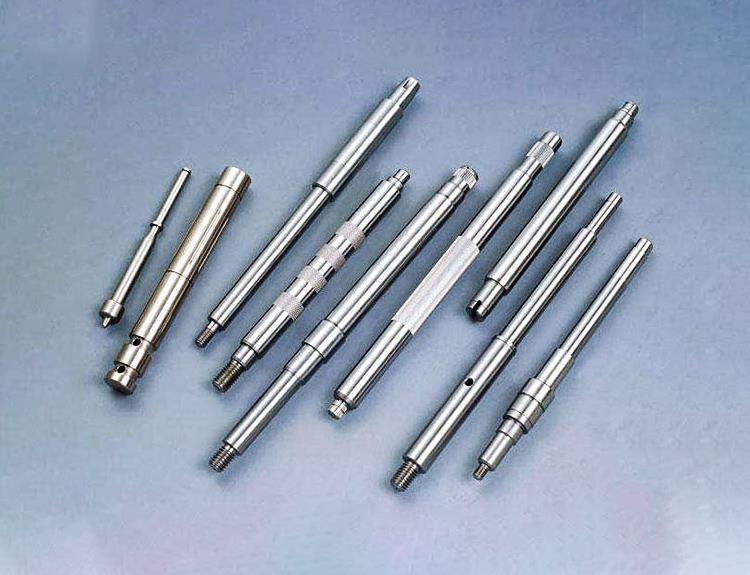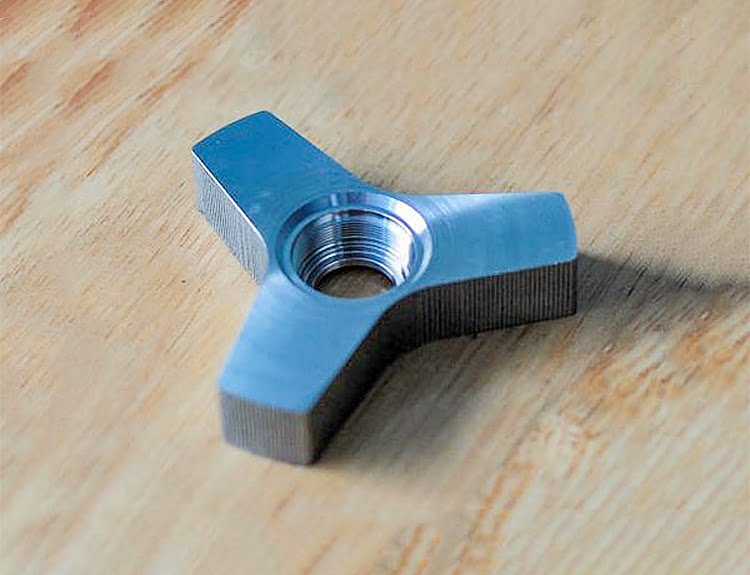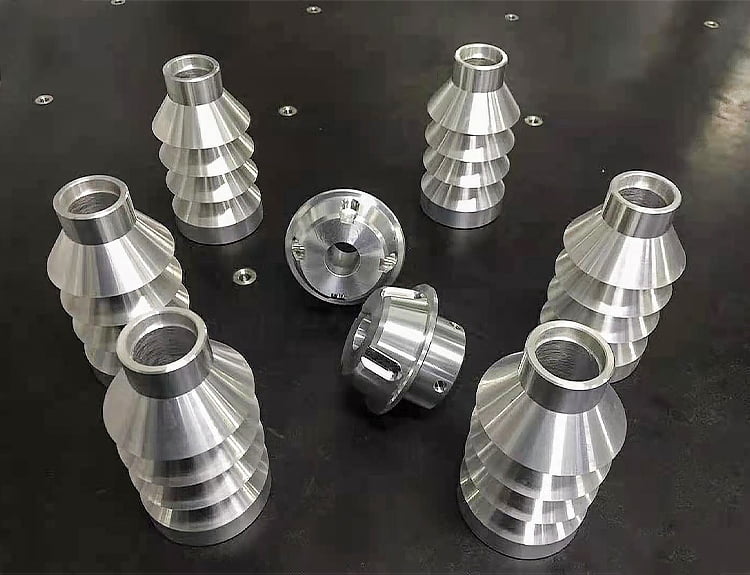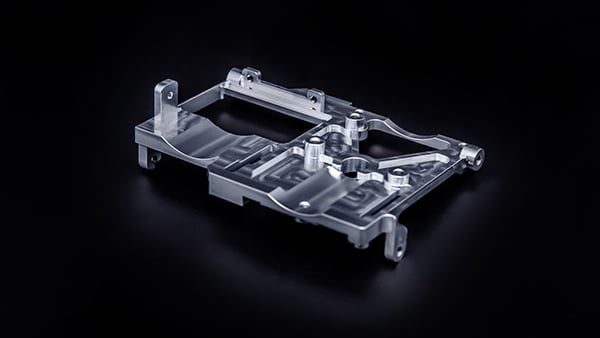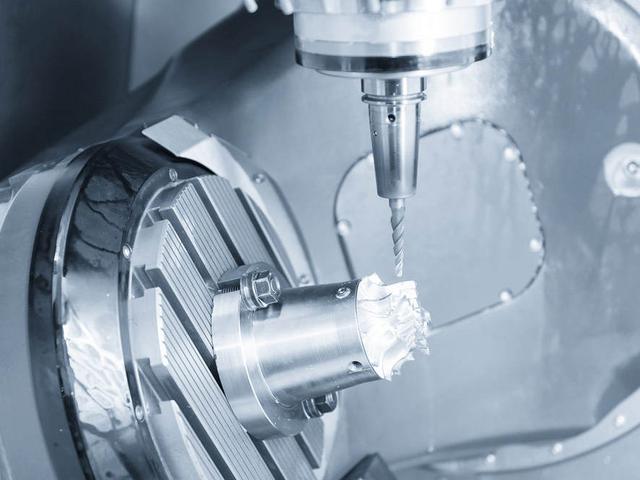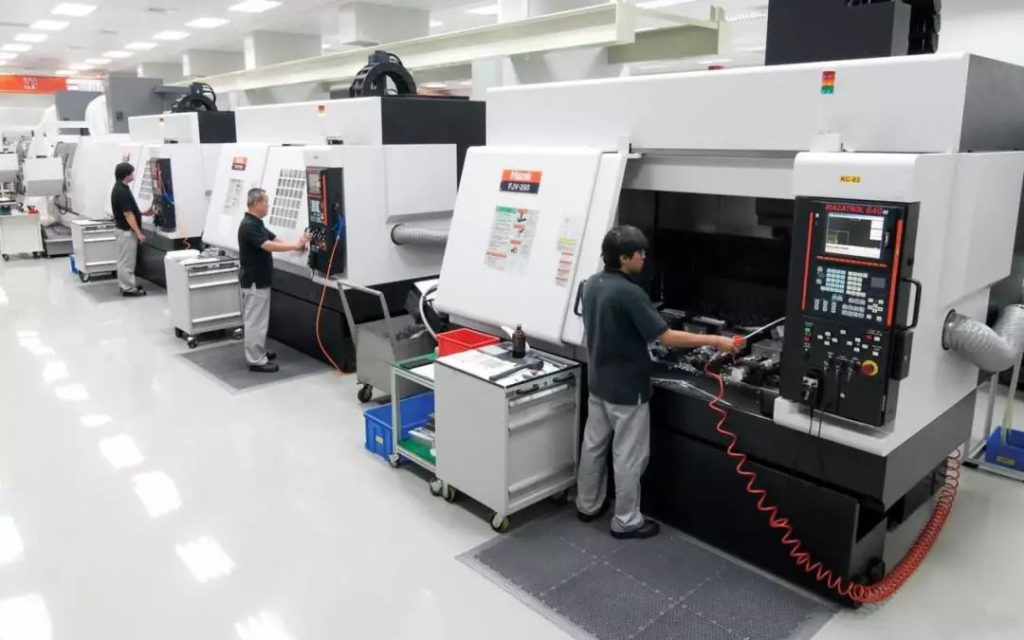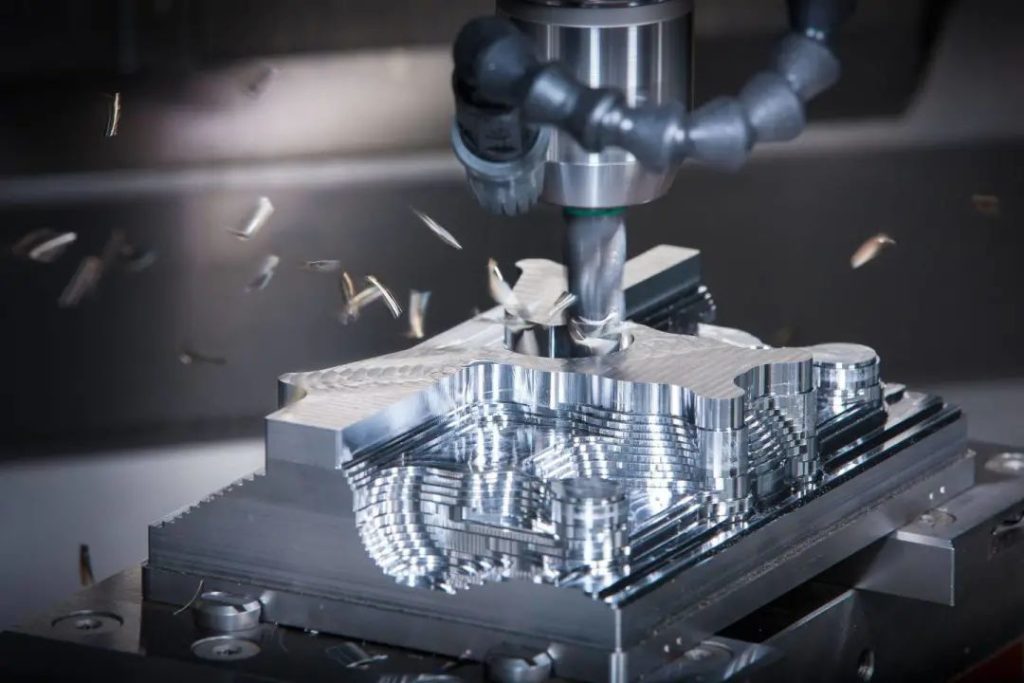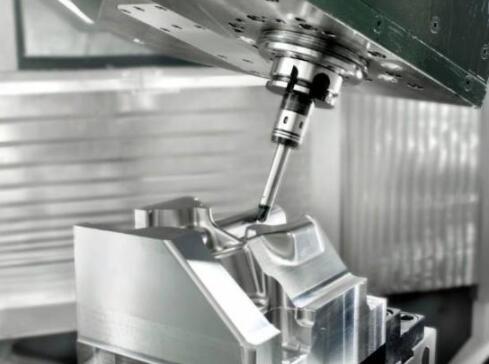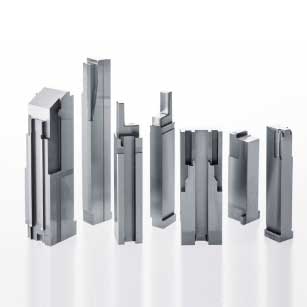Gears were probably one of the first materials used by man. They are found in almost all modern machinery. To withstand harsh operating environments, gears must be well manufactured, reliable, efficient, and durable. Gears must be reduced in stress and strain to avoid failure, which can lead to conditions. To meet all these needs, gear manufacturing has developed into a highly specialized industry.
A precision gear is a mechanical component in which the gears are continuously engaged on the rim to transmit motion and power. The application of precision gear in transmission has long appeared. So how is precision gear produced and processed?
Machining precision gears is done using special-purpose machines. Specialized machine tools can machine a variety of cylindrical gears, bevel gears and other tooth-shaped parts.
There are a variety of machines for processing precision gear products, including small machines that can process gears of a few millimeters in diameter, large machines that can process gears of several meters or even a dozen meters in diameter, and high-precision machines that make efficient use of machine tools and precision machining technology for mass production.
Precision gears are generally processed using lathes, external grinding machines, internal grinding machines, gear grinding machines, milling machines, polishing machines, slotting machines and other equipment. The material, in the process of processing also need to continue the heat treatment to improve the hardness of precision gears, and the heat treatment method usually milling worm gears after the process of treatment.
Finally, it is necessary to use the development of CNC gear grinding machine to grinding teeth to ensure the smooth gear transmission.
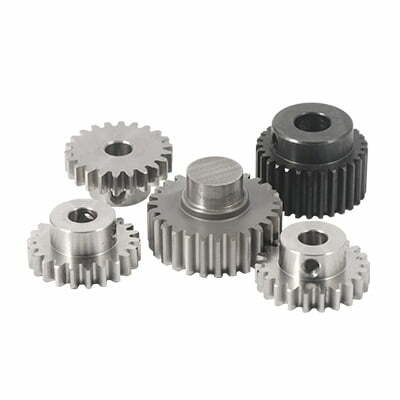
Precision gear processing process:
Precision gear processing generally passes through blank heat treatment, tooth blank processing, tooth shape processing, tooth end processing, gear surface heat treatment, precision datum correction and tooth shape finishing and so on.
The first stage is the first stage when the billet enters the machining process. The function of this stage is mainly to prepare the precision reference for the next stage of tooth profile processing, so that the precision of the inner hole and the end face of the tooth can basically meet the specified technical requirements.
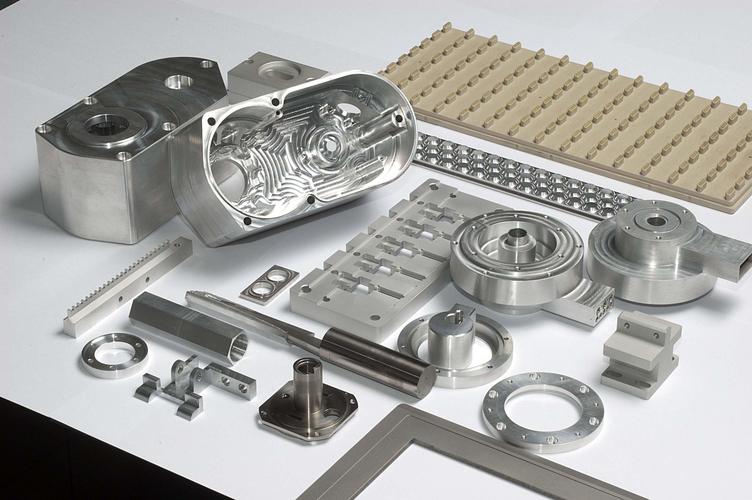
The second stage is tooth shape processing. This stage of machining is the key stage to ensure the precision of precision gear machining.
The third stage is the heat treatment stage. At this stage, the tooth surface is quenched to make the tooth surface meet the specified hardness requirements.
The late stage is the finishing stage of tooth profile. The purpose of this stage is to correct the tooth shape deformation caused by gear quenching, further improve the accuracy of tooth shape and reduce the surface roughness to meet the final accuracy requirements.
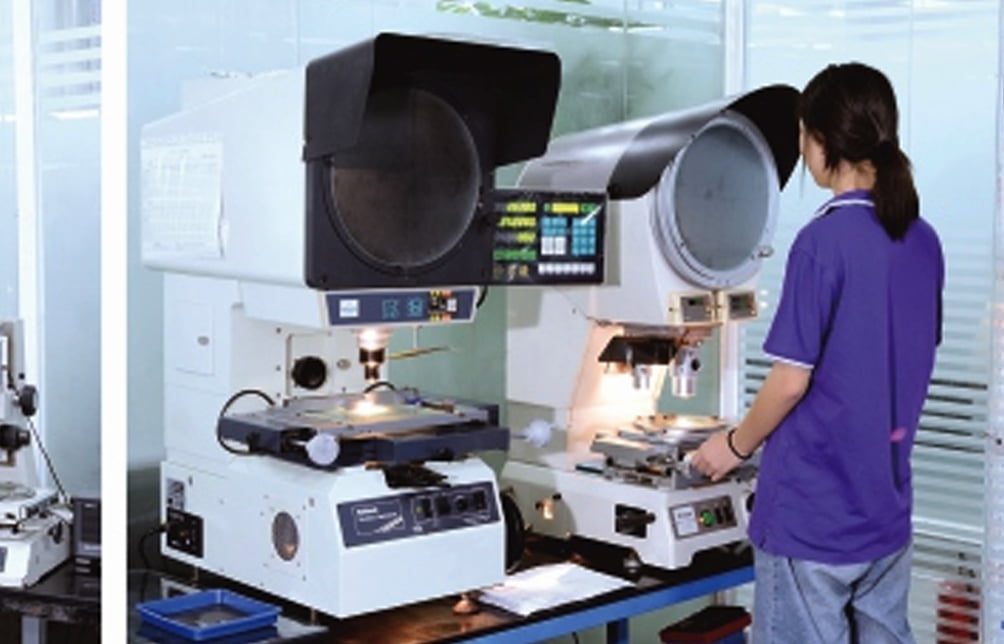
The above is the introduction of precision gear processing process, precision gear processing is a relatively fine work, the accuracy of the requirements are very high, in the processing technology production must be very serious and responsible.

